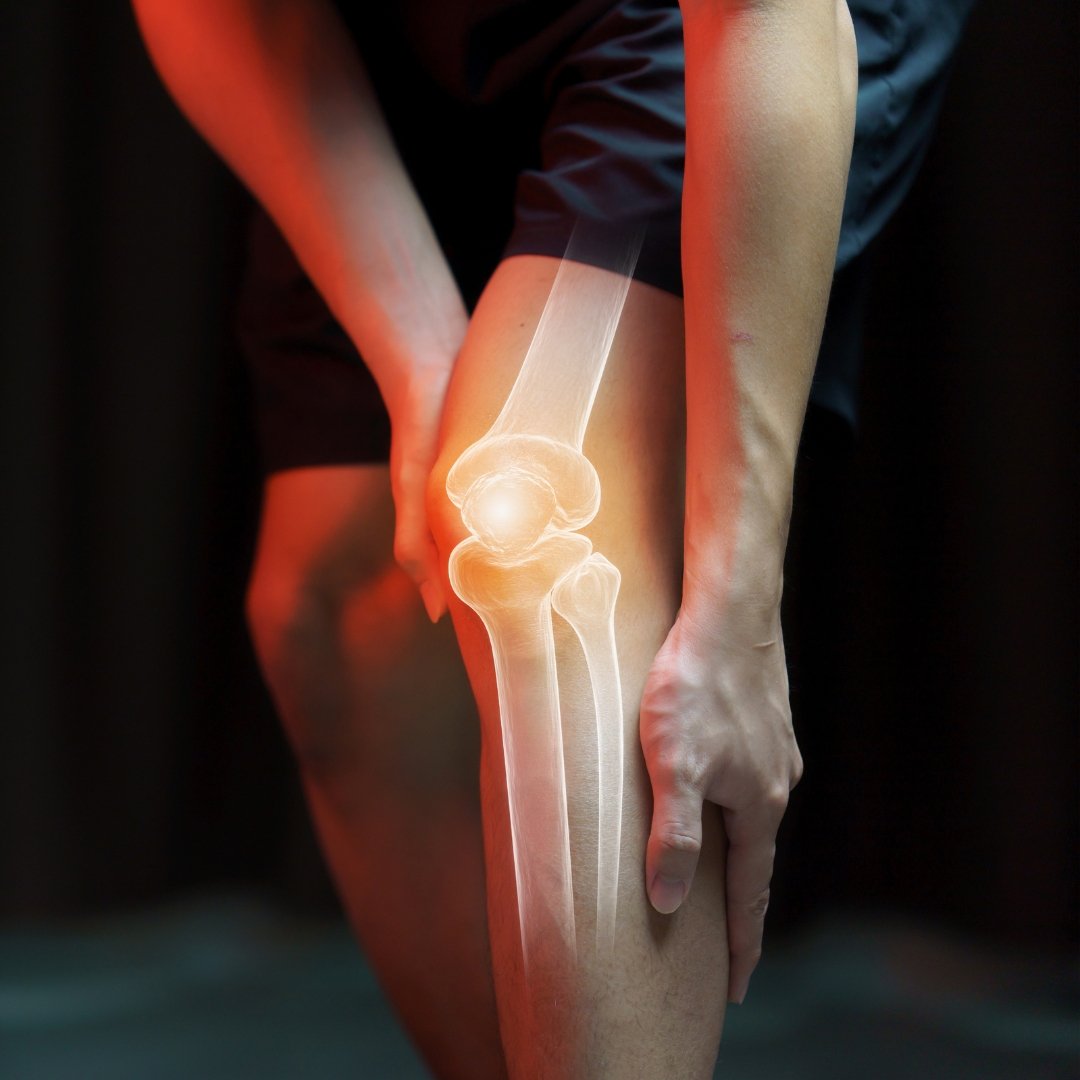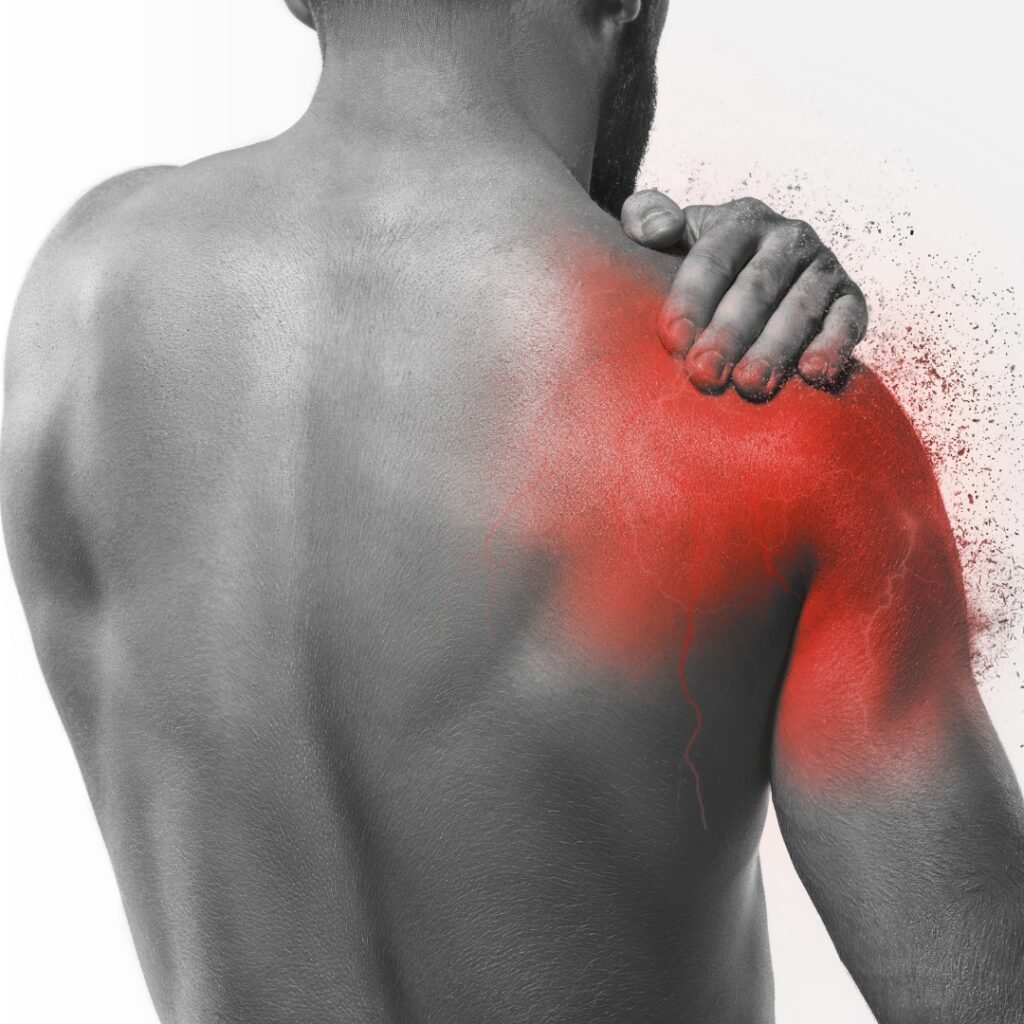
This surgery is primarily undertaken to overcome pain and disability in the knee which is mainly caused due to degenerative diseases like osteoarthritis. The disease results in the breaking of the cartilage leading to limited movement of the knee due to extreme pain. Performing normal day-to-day activities that involve bending or stretching of the knee such as walking, climbing stairs, and light physical activities becomes difficult.
Excessive pressure on the knee may result in swelling due to instability of the joint. Apart from this, a knee injury caused due to other forms of arthritis, such as rheumatoid arthritis, fractures, torn cartilage/ torn ligament also leads to degeneration of the knee joint which is irreversible.
For more advanced stages of arthritis that involve 2 or all 3 compartments, total knee replacement is preferred. The cartilage surfaces along with a few millimeters of underlying bone are removed. The bony part is replaced by smooth metallic components. A special stress-resistant plastic cushion is placed in between the metallic components to act as the joint cartilage. This recreates the natural ‘gap’ in the joint and also corrects the alignment of the knee.
The hip joint is one of the body’s weight-bearing joints, tasked with supporting significant forces during routine activities like sitting, standing, and walking. This crucial role makes it susceptible to various conditions that can cause debilitating pain and limit mobility. Degenrative arthritis, resulting from wear and tear of the joint over time, is a common cause of hip pain, particularly in older adults. Post-traumatic arthritis can develop following a hip injury or fracture, while rheumatoid arthritis is a chronic autoimmune condition that affects the joints, including the hips.
The hip joint itself is a ball-and-socket joint, characterized by the spherical head of the thigh bone (femur) fitting into the cup-like socket formed by part of the pelvic bone (acetabulum). When conditions such as arthritis compromise the hip joint, patients may experience pain, stiffness, and decreased range of motion, significantly impacting their daily activities and quality of life.
Partial hip replacement, specifically Bipolar Hemiarthroplasty, is a surgical option for addressing hip joint issues, particularly in elderly patients. Unlike total hip replacement, which involves replacing both the ball and socket components of the joint, partial hip replacement focuses solely on replacing the damaged or diseased ball (head of the femur) with a metallic implant.


similar to the hip joint, shoulder joint is also a ball and socket type of joint in which the ball is the head of the arm bone(humerus) and the socket is the part of the shoulder bone(scapula). This joint is covered by an envelope of muscles and tendons which are called as Rotator cuff muscles. These muscles are very important for the functioning and maintenance of the shoulder joint. Damage or tear of these muscles can cause arthritis of the shoulder joint.
In ‘partial shoulder replacement(hemiarthroplasty)’ only the ball (head of humerus) is replaced. Usually done for fractures of the humerus head
In ‘total shoulder replacement’, both the ball and socket are replaced. In cases with irreparable tear of the rotator cuff, ‘reverse shoulder replacement’ is done in which the ball and socket position is reversed by artificial components.
Conservative/non operative – Many undisplaced fractures & dislocations (once reduced under local anesthesia or general anesthesia) can be very well managed by traction and plaster applications and do not require any form of surgery. At Cureheal clinic we take full care of the patient who has been decided by our surgeon to be treated nonoperatively. We have special well moulded water resistant plasters and dedicated team of physiotherapists to take care of any stiffness once the plaster has been removed.
Surgical management – Fractures which are displaced from their position or fractures near the joints (intraarticular ) need surgical reduction and fixation with the help of metallic wires, plates, screws, rods/nails, external fixators. Surgeries give excellent results when carried out by experienced surgeons. Such implants are placed under the muscles of the patients and do not cause any irritation to the patient. We have a dedicated team of physiotherapists to get the patient back on his feet after the surgery.
CUREHEAL Clinic is a specialized center for treatment of all your bone and joint related problems. Dr. Nitesh Rustagi is a double masters degree holder in Orthopaedics with vast experience and he is specialist in treating sports injuries of the knee and shoulder joint.
WhatsApp us